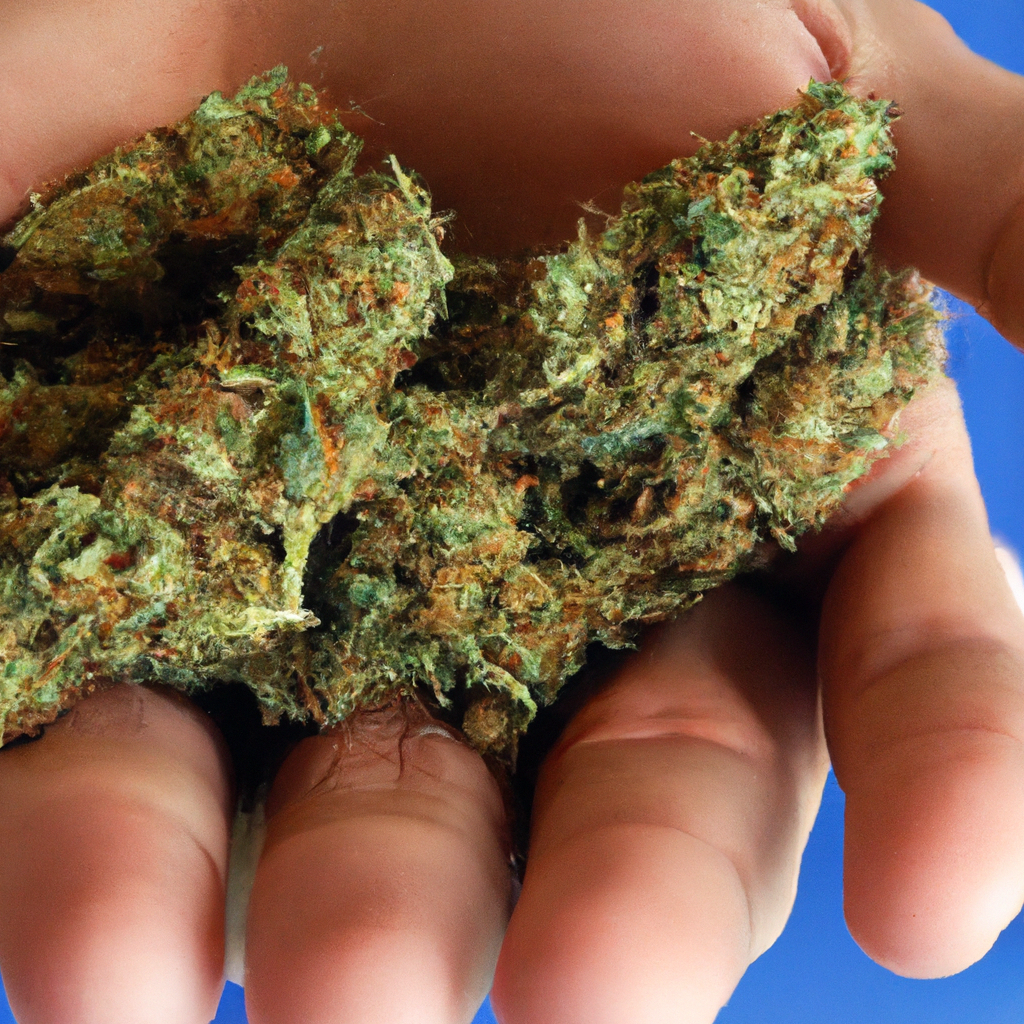As a seasoned cultivator nestled in Colorado’s rugged mountains, where the altitude challenges and rewards us simultaneously, I’ve encountered numerous individuals seeking solace from fibromyalgia’s relentless grip. While mainstream medicine offers limited relief, nature presents a convincing contender: medicinal cannabis. Let’s explore how this potent plant may offer a beacon of hope for those with fibromyalgia, navigating the complexities of its benefits, usage, and potential outcomes.
Understanding Fibromyalgia: A Complex Puzzle
Fibromyalgia is a chronic condition characterized by widespread pain, fatigue, and cognitive difficulties. Often misunderstood, it presents a myriad of symptoms that vary significantly among individuals. The challenge lies in its unpredictable nature and the lack of a one-size-fits-all treatment, leaving sufferers to experiment with therapies and medications often riddled with side effects.
Cannabis: A Natural Ally in Pain Management
Cannabis shines in its ability to synergistically interact with the body’s endocannabinoid system (ECS), which plays a role in regulating pain, mood, and the immune response. The cannabinoids in cannabis, such as CBD and THC, have been found to alleviate pain through their interaction with ECS receptors, potentially providing much-needed relief for fibromyalgia sufferers without the adverse side effects associated with pharmaceutical pain medications.
Key Benefits
- Pain Reduction: THC’s ability to bind with CB1 receptors in the brain may reduce pain perception and increase pain threshold.
- Anti-inflammatory Effects: CBD’s interaction with CB2 receptors helps reduce inflammation, a common contributor to fibromyalgia discomfort.
- Improved Sleep: Numerous studies suggest cannabis can aid in regulating sleep cycles, reducing the fatigue associated with fibromyalgia.
Crafting a Personalized Cannabis Regimen
Embarking on a cannabis-informed treatment for fibromyalgia should be approached thoughtfully. Key factors to consider include the strain’s cannabinoid profile, delivery method, and dosage. For instance, “Magic Kush,” with its powerful indica properties, has been revered for its efficacy in relieving pain and aiding sleep – a prime candidate for nighttime use.
Considerations for Usage
- Start Low, Go Slow: Gradually adjust dosage to find what works best for your symptoms.
- Selecting Strains: Consider strains with a balanced CBD to THC ratio to mitigate psychoactive effects while providing relief.
- Delivery Methods: Options include tinctures, vaporizers, or edibles. Each offers varied onset times and effects.
Real-World Insights: Case Study of Success
One of my clients, Lucy, a 45-year-old artist, was battling fibromyalgia and had tried multiple prescriptions without finding relief. After introducing a tailored cannabis regimen focusing on a hybrid strain, “Mile High Mystique,” combining THC and CBD, she reported a significant improvement. Her days, once clouded by pain and fatigue, were lighter and more productive, breathing life back into her creative ventures.
Conclusion
While fibromyalgia remains a challenging condition, medicinal cannabis offers a promising pathway to relief. By understanding the nuances of this natural ally, individuals can find a personalized solution to manage their symptoms effectively. As we continue to uncover the intricate relationship between cannabis and health, it’s essential to remain open to the plant’s potential in complementing traditional methods.
As always, I encourage consulting with a healthcare professional to ensure a comprehensive approach to treatment. Remember—Cannabis is a teacher; I’m just the student with 30 years of notes.
For more insights and personal cultivation guides, visit MagicGreenGrow.com.


Leave a Reply